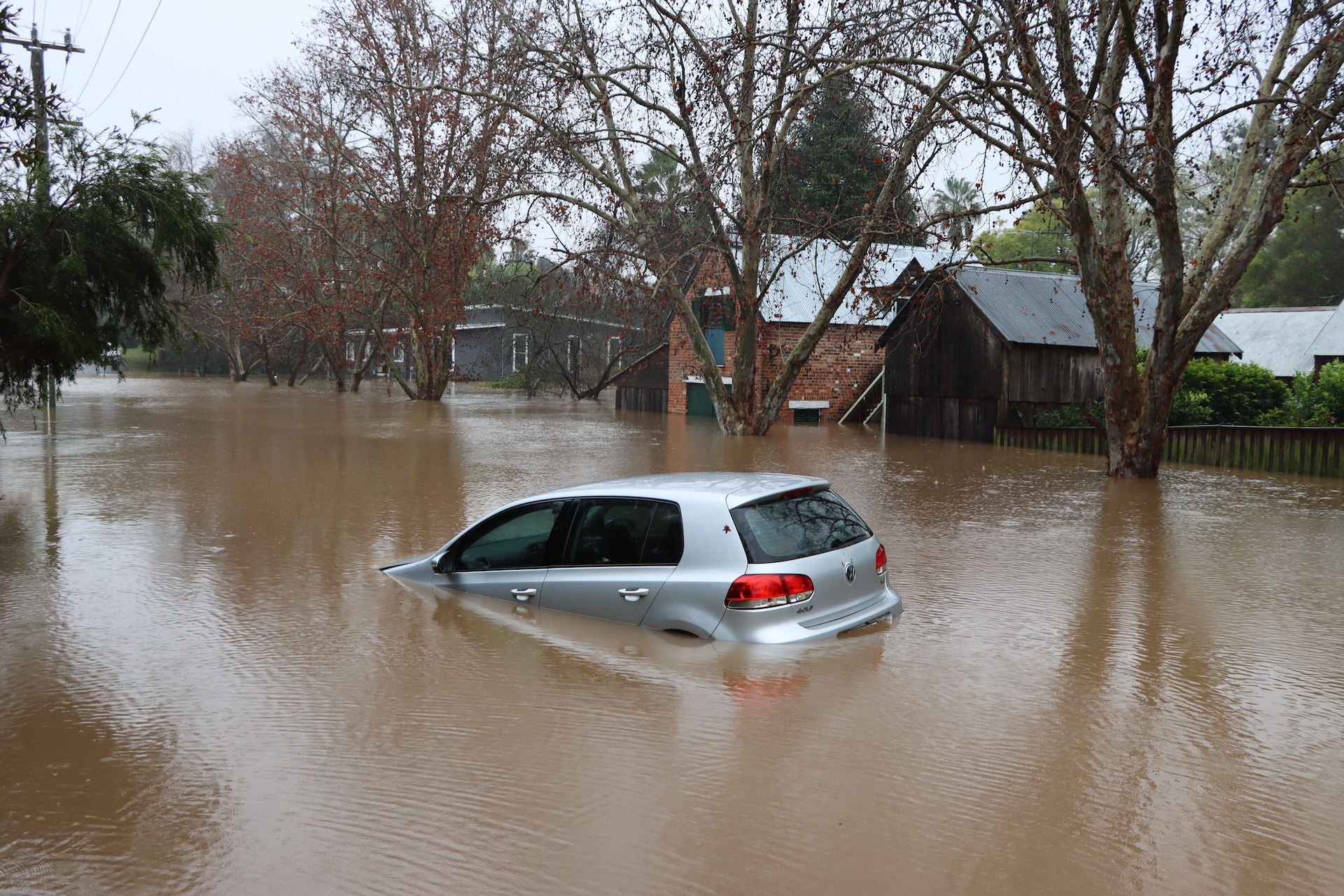The Benefits of Flood Insurance – Why You Shouldn’t Overlook It
Many homeowners are surprised that their standard home insurance does not cover flood damage. Only a flood policy will pay for repairing and replacing your home and its contents after a flood. The NFIP’s Risk Rating 2.0 system is expected to lower the cost of a flood policy. Additionally, some private insurers offer a cheaper alternative to the NFIP.
Protects Your Belongings
The National Flood Insurance Program (NFIP) offers two main types of policies: building property coverage and personal contents coverage. The former is meant to protect the physical structure of your home, including its foundation, drywall and insulation, electrical wiring, central air conditioning, and water heater.
NFIP policies usually offer coverage up to $250,000 for the building and up to $100,000 for its contents. This coverage may also pay to repair or replace your furniture, clothing, small appliances like microwaves, and other household items in the actual dwelling.
It may also cover moving and living expenses if you’re forced to move out while your home is being repaired after a flood. If you want to get the most out of your flood insurance in New Jersey policy, consider purchasing additional contents coverage with a separate deductible. This coverage can be a worthwhile investment if you live in an area prone to flooding.
Private companies that offer flood insurance are working toward providing customizable coverage and simplifying the claims process for homeowners who purchase their policies. For instance, some don’t require an elevation certificate for a property, which can save time and money.
Protects Your Home
Unless your home is in an area regularly affected by flooding, you can’t count on your homeowner’s insurance policy to cover flood damage. A standard homeowners policy only covers certain types of water damage from sources like burst pipes, not flooding caused by rain or melting snow.
However, a separate flood policy can protect your home and belongings from the financial devastation of flood damage. You can get a flood policy through the National Flood Insurance Program, or NFIP. A growing number of private insurance options offer coverage comparable to what’s available through the NFIP at lower costs.
The cost of a flood policy can vary depending on your location and the size and value of your home and belongings. Your agent can help you determine how much building and content coverage you need. Typically, buildings and their contents are insured at replacement cost value, or RCV, while personal property is insured at actual cash value (ACV), which considers physical depreciation.
Protects Your Financial Assets
Unlike homeowners and renters policies, which typically include water damage caused by burst pipes or appliances, flood insurance covers the destruction of property caused by flooding. Additionally, it helps replace lost items. While no-interest loans are often made available to flood victims after a disaster, having insurance and protecting your assets is much more cost-effective.
In addition to protecting your home and belongings, a good flood policy also helps protect your financial assets. If your home is in a community participating in the National Flood Insurance Program, your mortgage lender requires you to carry flood insurance to secure your loan.
This is because it protects the financial institution from having to cover the cost of rebuilding your home if it’s damaged or destroyed by a flood. If you’re not required to carry a federally-backed flood insurance policy, purchasing it’s still a good idea. This is because the risk of flooding can change at any time, and it’s essential to be prepared.
Moreover, the cost of a policy can be less than you think. While the NFIP requires a 30-day waiting period, some private insurers offer policies that provide building and contents coverage immediately upon purchase. In addition, the NFIP’s building coverage is usually based on replacement cost value (RCV), while some personal property coverage is adjusted on an actual cash value basis.
Protects Your Family
Flooding is one of the most common natural disasters in the United States. It can occur anywhere and damage homes, causing financial loss for property owners. Fortunately, it’s possible to mitigate some risks by installing a sump pump with a battery backup and elevating valuables away from your home.
However, the best way to protect yourself and your assets is by purchasing flood insurance, which can help cover costs in a disaster. Those living in areas considered a special flood hazard zone may be required to purchase flood insurance as a condition of their mortgages, and anyone living in a moderate-to-high-risk area should also strongly consider it.
Even those not in these zones should take a hard look at their options because, as NerdWallet reports, federal disaster assistance typically needs to improve on helping with the cost of flood-related losses. Understanding what is and isn’t covered by a flood policy is essential to make the best decision for your situation. For example, many policies only cover items “directly related to flooding.”
That means any damage caused by a sewer backup is only covered if it can be shown that the flooding directly resulted from the sewer backing up. Also, some items are excluded, including a lawn mower or other power equipment. It’s a good idea to keep receipts for wall-to-wall carpeting, light fixtures, major appliances, furniture, and other large purchases so that you can provide documentation in the event of a claim.

